T4K3.news
Ultramassive Black Hole Discovered
A 36.3 billion solar mass black hole in SDSS J1148+1930 is measured via gravitational lensing in the Cosmic Horseshoe

Astronomers measure a gargantuan black hole in a distant fossil galaxy using a gravitational lens to pin down its mass.
Cosmic Horseshoe Confirms Ultramassive Black Hole
Astronomers report an ultramassive black hole in the foreground galaxy SDSS J1148+1930, whose lensing magnifies a background source in the Cosmic Horseshoe. The hole weighs about 36.3 billion solar masses, placing it near the practical upper limit for black hole growth over the universe’s lifetime. The Milky Way’s central black hole is only about 4 million solar masses, making this object extraordinary even by ultramassive standards. The finding relies on a robust lensing-based mass estimate rather than active accretion signatures.
Led by Carlos Melo-Carneiro of the Federal University of Rio Grande do Sul, the team used the gravitational lens to infer the foreground galaxy’s mass and thus its central black hole. The measurement benefits from the system’s long-term observations and the similarities between black hole mass and host galaxy mass, enabling a calibration with less uncertainty than indirect methods. The researchers note this black hole is in a fossil galaxy, a remnant of a once larger cluster whose galaxies merged over time, leaving a single massive central object. The result sits near the scale of TON-618 in historical records, though recent revisions show a wide range for the most massive holes.
Key Takeaways
"This discovery was made for a dormant black hole"
Melo-Carneiro on the nature of the detection
"Its detection relied purely on its immense gravitational pull and the effect it has on its surroundings"
Melo-Carneiro on the driving mechanism
"Weve got much more certainty about the black hole's mass thanks to our new method"
Collett on measurement confidence
"In the Cosmic Horseshoe we are seeing the end state of galaxy formation and the end state of black hole formation"
Collett on the broader significance
This finding tests core ideas about how black holes grow. It supports the view that major galaxy mergers can funnel mass into a single central hole, especially in fossil systems that record an earlier era of galaxy assembly. The use of lensing and stellar dynamics to pin down mass also demonstrates a path forward for measuring quiet black holes that do not actively fuel bright emission.
Yet the claim rests on complex models of the lensing galaxy and the assumption that the foreground mass distribution follows standard relations. Future observations will test the robustness of this mass estimate and the fossil-galaxy scenario. The overall picture is one of a universe where growth is episodic, shaped by dramatic mergers, and verified by clever use of light bending rather than bright beacons.
Highlights
- This discovery was made for a dormant black hole
- Its detection relied purely on its immense gravitational pull
- Weve got much more certainty about the black hole's mass thanks to our new method
- In the Cosmic Horseshoe we are seeing the end state of galaxy formation and the end state of black hole formation
Future observations will reveal how common ultramassive giants are in the cosmos.
Enjoyed this? Let your friends know!
Related News
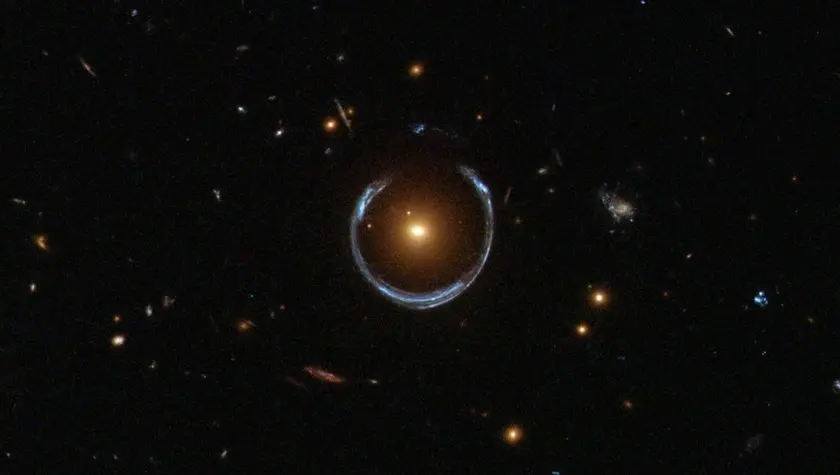
Ultramassive black hole discovered at center of Cosmic Horseshoe
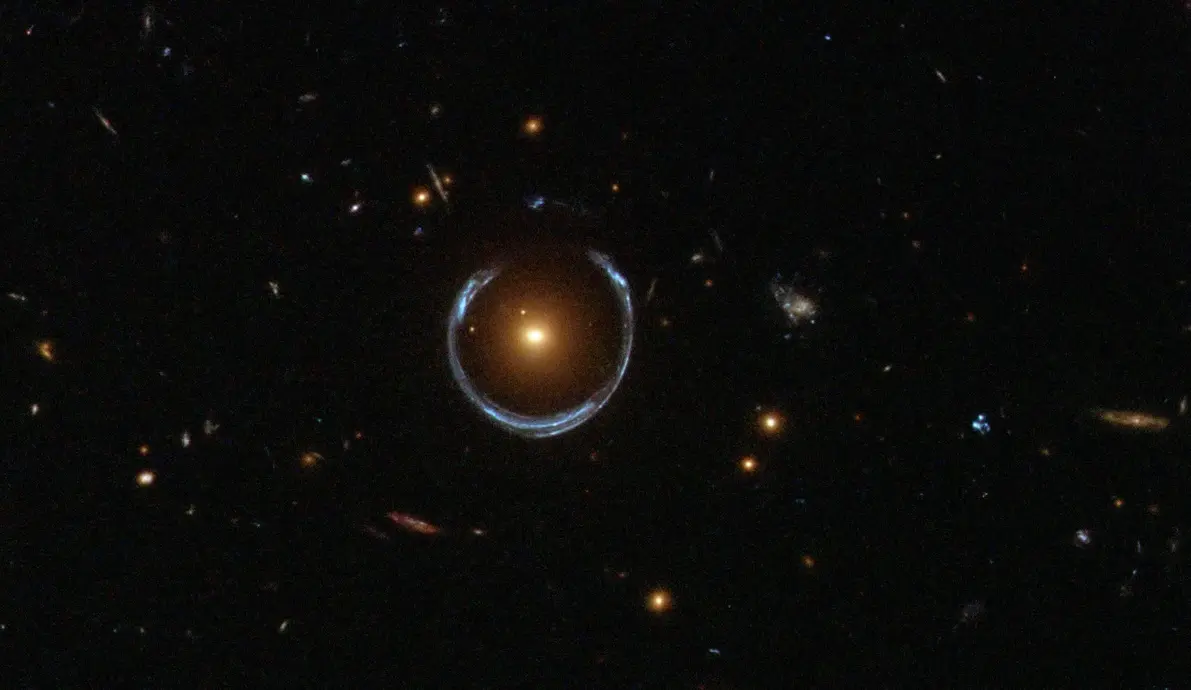
New black hole discovery made with mass of 36 billion suns
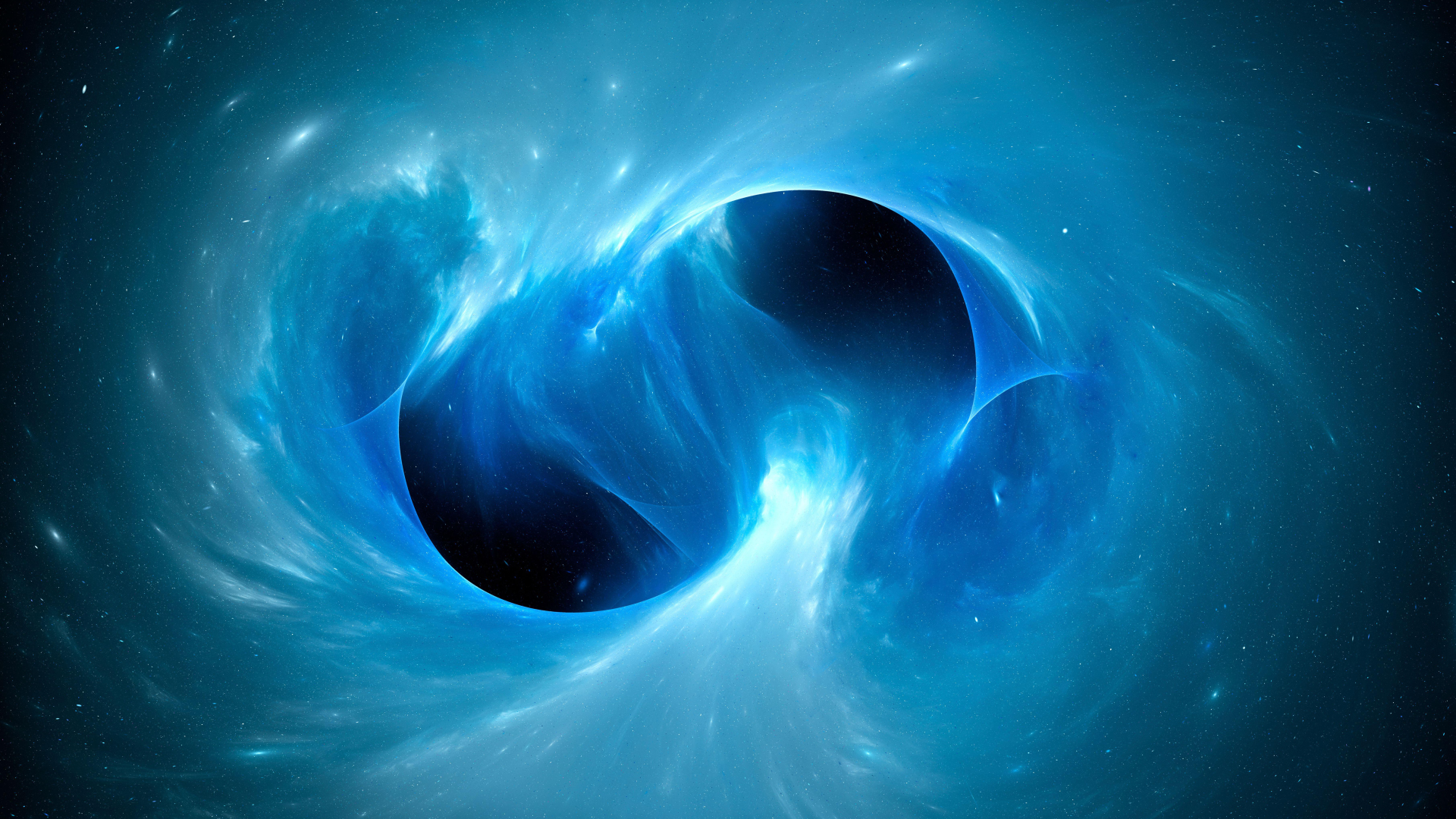
Massive black hole merger discovered
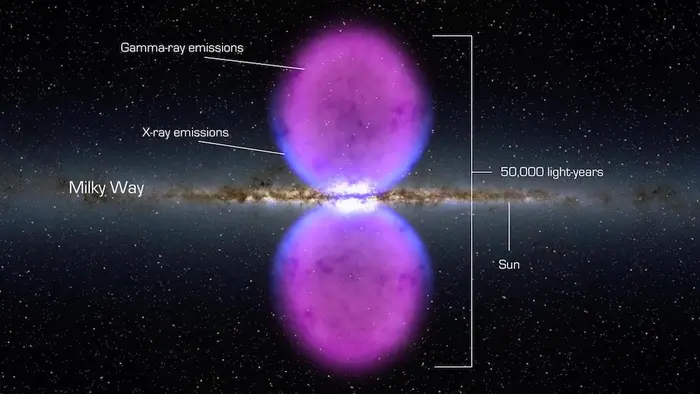
Milky Way Center Reveals Ice Cloud Clues
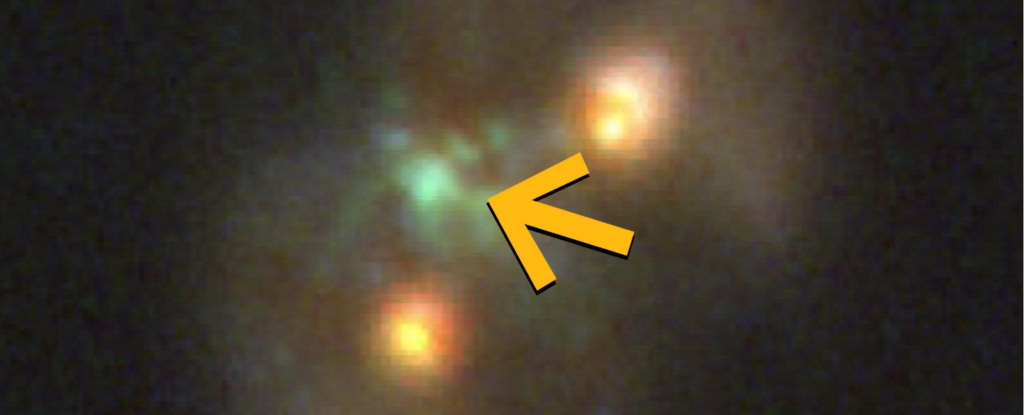
Discovery of Possible Supermassive Black Hole Formation

Vibe physics poses risks in scientific discussions

Astronomers capture first evidence of supermassive black hole formation

Black Hole Probe Proposal Draws Debate
